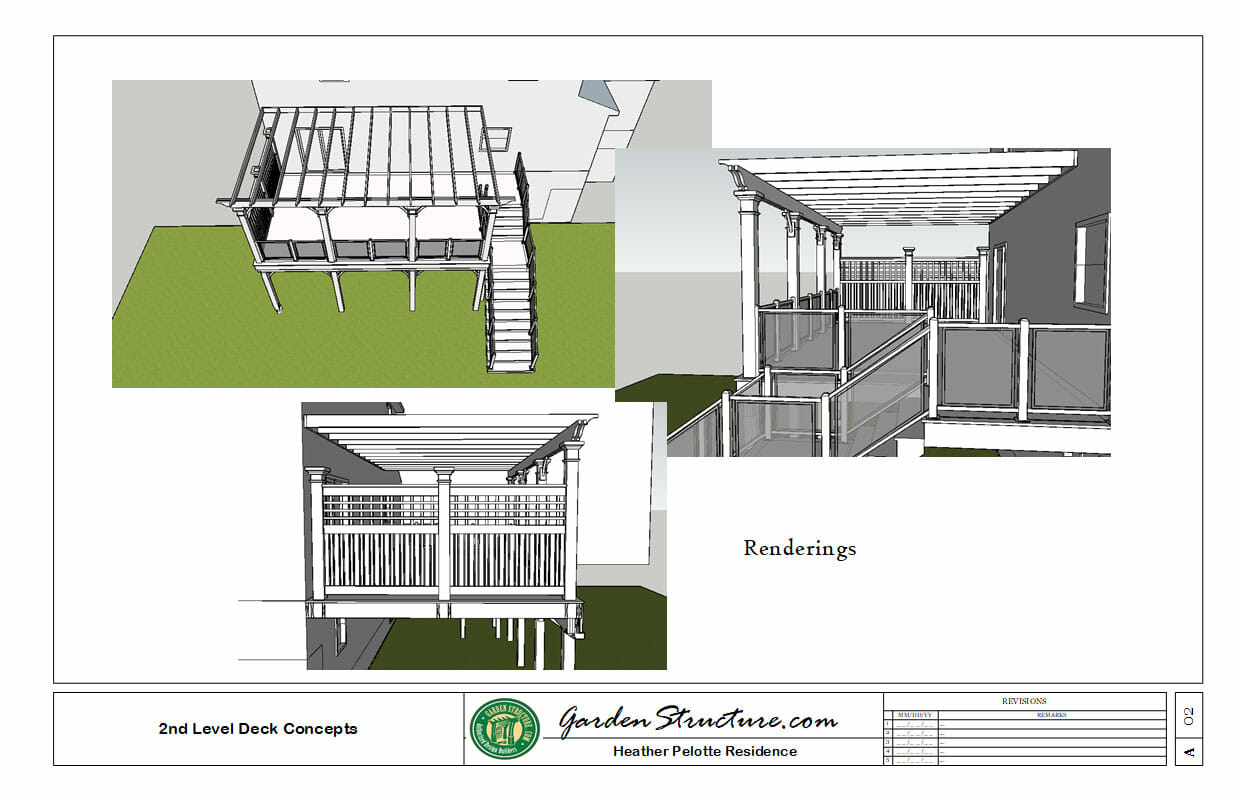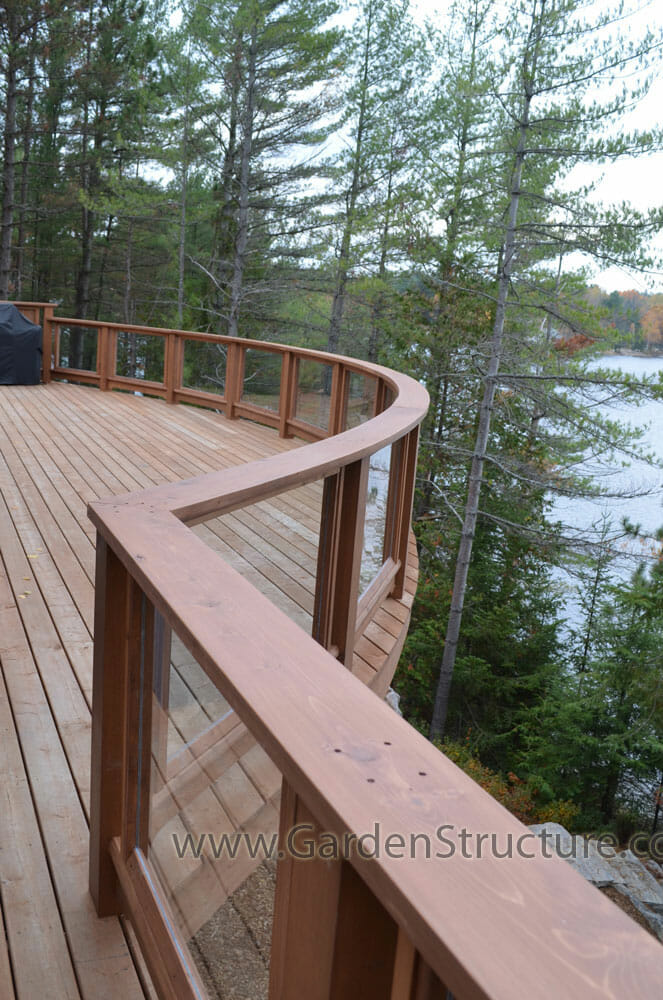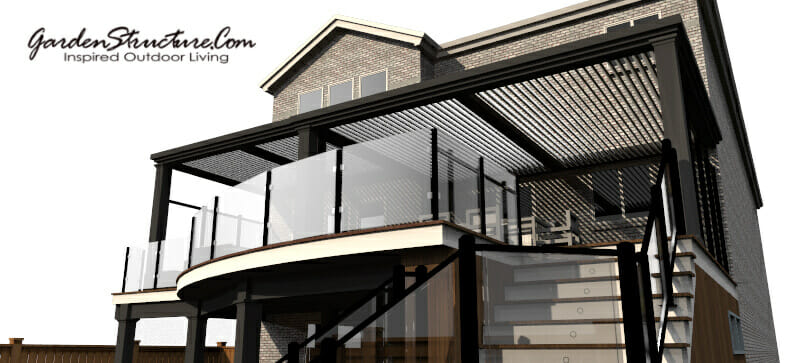Designing Decks in 2020

How complicated are decks in 2020?
A typical addition plan for the building department is 5-7 pages, and the typical composite deck plan is 15-20 pages. You can be assured that getting permits for a deck is a complicated process.
Why has this happened? Every time somebody is injured on a deck in our litigious society, the building department is at risk of being sued. Very few homes fall down because of standardization of details, but decks are a different animal.
Decks have to withstand the elements, unlike interior work in homes. Things rot and deteriorate, and often, your local building officials are not builders and they just don’t understand why decks fall off homes. This is why they throw everything they can at standards in an effort to avoid legal suits.
They try to keep standard details for decks and insist on engineers’ stamps for anything out of the ordinary. We deck builders are inherently showoffs, so, we want to build anything but “Standard Deck Details”. It can become an adversarial relationship.

Designing Extraordinary Decks
When you want a deck your neighbors will envy it as a specialized design skill set. Above is a 3D photorealistic rendering we produced for a project in Milton Ontario.
A great deck designer is actually a carpenter first. In order to design something that will last you need to understand how the structure works. What you can do, and what you should not. A couple of decades of experience wouldn’t hurt either. Lastly, they need the sensibility of a designer, which is typically taught in school. Proportions, balance, and spacial planning are all part of any great design.
There are a few self-styled deck designers in the business that has tremendous talent, but not many.
Will Your Deck Design Be Big Enough?
Think of a deck like a house. Your deck is just a series of rooms. The living room, kitchen, dining room.. just like your home. It should be a reasonable size.
It is not just whether the furniture will fit, you also need to walk through the space without tripping over things. As a rough guide, any room should be a minimum size of 12′ x 12′. If you are planning larger furniture, maybe make the deck a little bigger, or choose the furniture first. You can lay out the space on graph paper to make sure it works.
Stairs, How do you Decide Where they Should be?
Should your deck design have a landing? Where should the stairs go? That is an individual decision. It might be they should be down to the highest grade in the yard for practicality. Maybe they should land on an existing walkway?
Generally, if you are coming down a full story, a landing mid-span will mean longer-lasting steps by code specifications and a safer egress. Changing the direction at the landing will also add to safety. Think about it, would you prefer to fall down an entire staircase, or just half? People trip all the time.
What Size Footings and Where?
Your building department can give you general guidelines. As long as you design slightly heavier than what they specify, you should be fine.
We love helical footings– it’s just easier, and the chances of failure are far less. You just don’t know what exactly the soil conditions are where you are putting your footing. Was the soil dug up and put back, or filled in 10′ deep? In that case, your footings will move.
Deck blocks– Please don’t. Floating decks are possible, however they are very different to plan and don’t involve easy answers like deck blocks.
Other Deck Design Features and Considerations
When it comes to roofs, pergolas, privacy screens, curves, and level changes, these are advanced deck design aspects.
Most things are possible, but how, and should you do it should be the question.
Maybe it would be worthwhile investing a couple of hours with one of our deck designers. They can explain a myriad of advanced deck design concepts and details to you. If this makes sense to you, get in touch with us at (416) 951-9998






